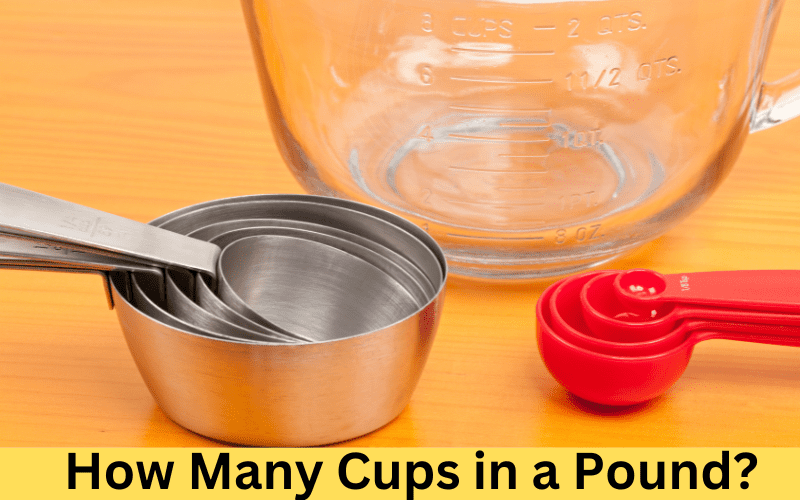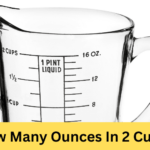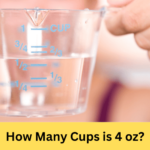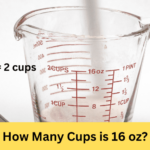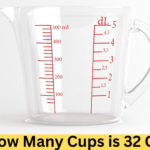If you’ve ever wondered how many cups in a pound?, the straightforward answer is this: a pound can be divided into two cups. Each cup, in turn, weighs approximately 8 ounces. This simple conversion is a handy reference point for anyone in the kitchen, as it allows you to easily measure out ingredients and maintain the perfect balance in your recipes. In this article, we’ll explore how many cups in a lb further and provide you with a comprehensive guide to help you navigate the world of cups and pounds in culinary measurements. So let’s dive in and unravel the secrets of how many cups in a pound in the kitchen!
Understanding Cups and Pounds
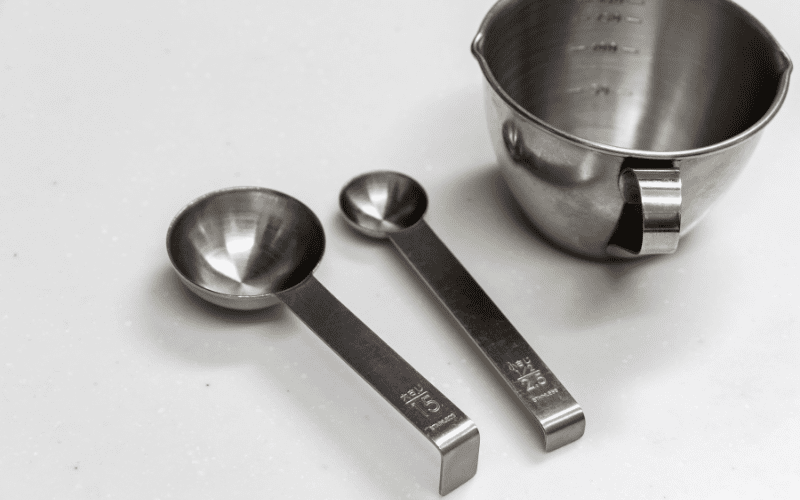
In the culinary world, precise measurements are vital to achieving consistent and delicious results. Cups and pounds are two common units of measurement used in recipes, each serving a specific purpose.
Cups are a unit of volume measurement and are often used to measure liquids, dry ingredients, and even certain foods like fruits and vegetables. Cups provide a convenient and easily recognizable measurement for home cooks and bakers.
Pounds, on the other hand, are a unit of weight measurement. They are commonly used for ingredients that are sold by weight, such as meat, flour, sugar, and many others. Understanding the conversion between cups and pounds is essential to ensure accurate measurements and maintain the proper ratios in your dishes.
How Many Cups in a Pound?
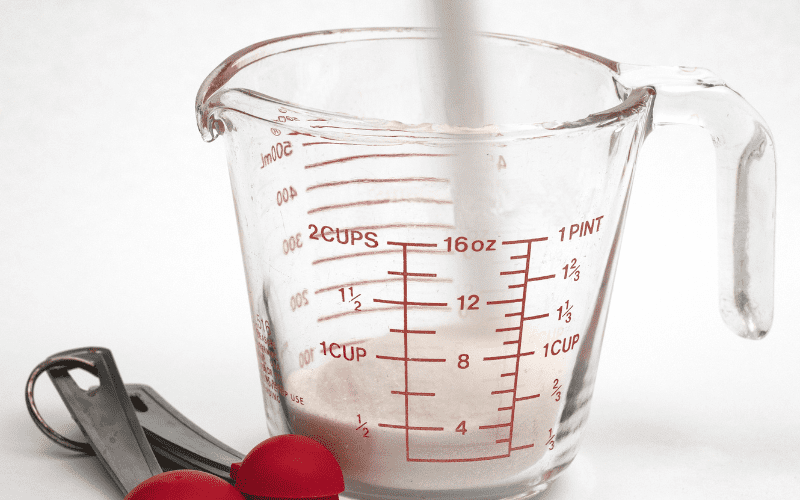
So, how much cups in a pound?
A pound equals 2 cups, with each cup weighing 8 ounces. This simple conversion is useful for measuring ingredients in recipes and maintaining proper ratios. Keep in mind that density and texture may affect specific conversions.
How Many Cups in a Pound: Common Ingredients

Let’s explore the conversions for various common ingredients:
How many cups in a pound of all purpose flour?
In general, there are approximately 3.6 cups of all-purpose flour in a pound. However, different types of flour may have slightly different conversions due to variations in density and texture.
How many cups in a pound of shredded cheese?
The conversion for cheese can vary depending on how it is grated or shredded. As a general guideline, one pound of cheese is roughly equal to 4,5 cups when grated.
How many cups in a pound of ground beef?
One pound of ground beef is approximately equal to 2.7 cups when loosely packed. However, keep in mind that the volume may vary depending on the specific fat content.
How many cups in a pound of strawberries?
For sliced strawberries, one pound is equivalent to approximately 3.3 cups. However, it’s important to note that this measurement can vary depending on how the strawberries are sliced and packed.
How many cups in a pound of baking soda?
Baking soda is a common ingredient in baking. One pound of baking soda is roughly equal to 3.7 cups.
How many cups in a pound of cat food?
If you’re measuring cat food, one pound is approximately equal to 3.6 cups on average. However, different brands and types may have slight variations in density.
How many cups in a pound of water?
Water is often used in cooking and baking. When it comes to water, one pound is equal to approximately 2 cups.
How many cups in a pound of fat?
The conversion for fat can vary depending on the type. As a general guideline, one pound of fat is approximately equal to 2 cups. However, the specific type of fat may have different conversions.
How Much Cups in a Pound: Additional Conversions
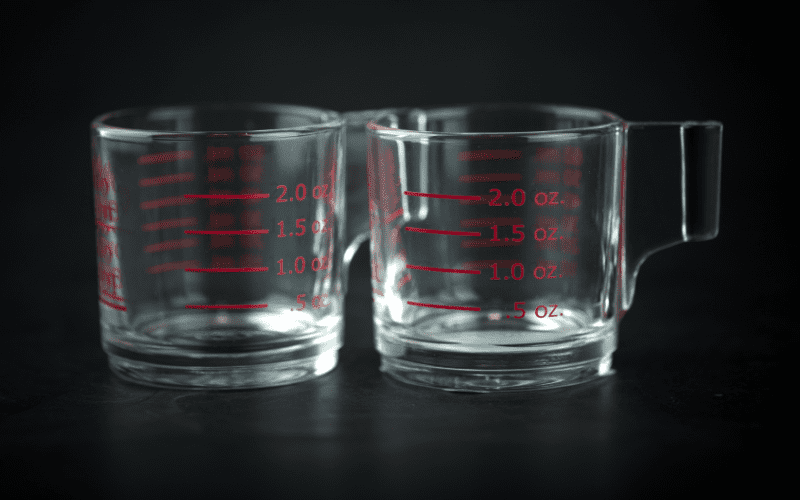
Apart from the common ingredients discussed above, here are some additional conversions for specific ingredients:
How many cups in 1 lb of brown sugar?
One pound of brown sugar is roughly equal to 2.3 cups. The moisture content of brown sugar can affect its volume.
How many cups of crisco in a pound?
Crisco, a popular brand of shortening, follows a similar conversion. One pound of Crisco is roughly equal to 1.9 cups.
How many cups of cashews in a pound?
For cashews, one pound is approximately equal to 3.6 cups. This conversion can vary slightly depending on the size and density of the cashews.
How many cups is 1 pound of soy wax?
Soy wax, commonly used in candle making, has a conversion of approximately 2.9 cups per pound. This conversion may vary depending on the specific type and form of the soy wax.
How many cups of sliced peaches in a pound?
If you have sliced peaches, one pound is approximately equal to 2.9 cups. The size and thickness of the slices may affect the volume.
How many cups in a pound of dried elderberries?
When it comes to dried elderberries, one pound is roughly equal to 3.7 cups. The density of the dried berries can influence the volume.
How many cups of potato flakes in a pound?
For potato flakes, one pound is approximately equal to 6.6 cups. This conversion is based on the specific texture and density of the flakes.
How many cups in a pound of shea butter?
Shea butter follows a conversion of approximately 2.6 cups per pound. This conversion may vary slightly depending on the specific brand and composition.
How many cups in a pound of aroma beads?
Aroma beads, commonly used in air fresheners, have a conversion of approximately 2.6 cups per pound. The specific size and shape of the beads can affect the volume.
Read more:
Factors Affecting Cup-to-Pound Conversion

The cup-to-pound conversion for different ingredients can be influenced by several factors. Here are some key factors that can affect the conversion:
- Density: The density of an ingredient plays a significant role in cup-to-pound conversions. Ingredients with higher density will take up less volume per pound, while those with lower density will occupy more space.
- Texture: The texture of an ingredient can affect how it settles in a measuring cup. Ingredients with a finer texture may pack more tightly, resulting in a different volume measurement compared to ingredients with a coarser texture.
- Moisture Content: The moisture content of an ingredient can influence its weight and volume. Ingredients with higher moisture content may weigh more and occupy more space, potentially affecting the cup-to-pound conversion.
- Preparation Method: The way an ingredient is prepared or processed can impact its cup-to-pound conversion. For example, grated cheese will have a different volume compared to shredded cheese due to differences in texture and packing.
- Packaging: The way an ingredient is packaged can affect its density and volume. Ingredients that are tightly packed in their packaging may have a different cup-to-pound conversion compared to ingredients that are loosely packed.
- Variations in Ingredient Characteristics: Different varieties or brands of the same ingredient may have slight variations in density or moisture content, leading to slightly different cup-to-pound conversions.
It’s important to consider these factors when converting between cups and pounds to ensure accurate measurements and achieve desired results in recipes.
Converting Cups to Pounds and Vice Versa
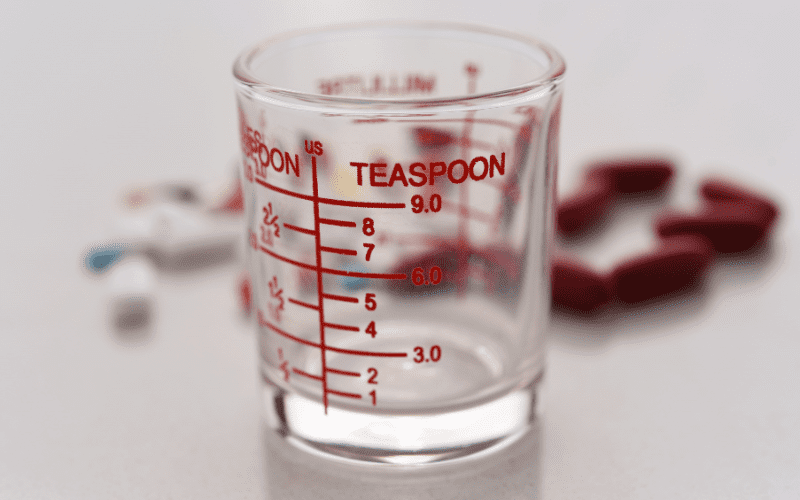
Converting between cups and pounds can be a useful skill in the kitchen. Here’s how you can convert cups to pounds and vice versa:
To Convert Cups to Pounds:
- Determine the specific ingredient you want to convert. Different ingredients may have different density and weight-to-volume ratios.
- Find the conversion factor for the ingredient. This can be done by referring to conversion charts, recipe measurements, or reliable sources. The conversion factor represents the weight of the ingredient per cup.
- Multiply the number of cups by the conversion factor to obtain the weight in pounds. For example, if the conversion factor is 0.5 pounds per cup and you have 3 cups, the calculation would be 3 cups x 0.5 pounds/cup = 1.5 pounds.
To Convert Pounds to Cups:
- Determine the specific ingredient and its conversion factor, similar to the previous step.
- Divide the weight in pounds by the conversion factor to obtain the volume in cups. For example, if the conversion factor is 0.25 cups per pound and you have 2 pounds, the calculation would be 2 pounds ÷ 0.25 cups/pound = 8 cups.
Keep in mind that these conversions are approximate and can vary depending on factors like density, texture, and moisture content. It’s always helpful to refer to specific conversion charts or reliable sources for more precise measurements.
Factors to Consider to Get Accurate Measurements
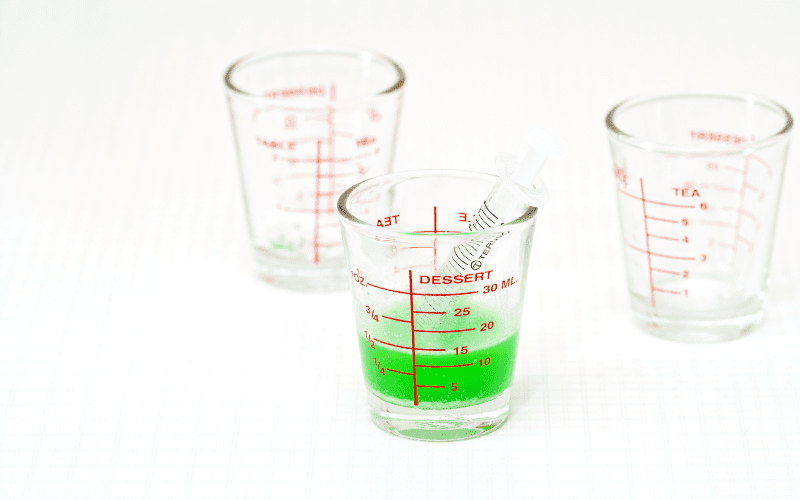
To obtain accurate measurements in your cooking and baking endeavors, there are several factors to consider:
- Use Standard Measuring Tools: Ensure you have reliable and accurate measuring cups, spoons, and kitchen scales. Using precise tools designed for accurate measurements is essential for consistent results.
- Follow Proper Measurement Techniques: When measuring dry ingredients like flour, use a spoon to scoop it into the measuring cup and level off the excess with a straight edge. For liquids, place the measuring cup on a flat surface and check at eye level for accurate measurements.
- Account for Ingredient Variations: Ingredients can have variations in density, moisture content, and particle size. Be aware of these differences and adjust your measurements accordingly. For example, sifted flour will have a different volume than unsifted flour.
- Pack Ingredients Correctly: Some ingredients, like brown sugar or grated cheese, may need to be packed into the measuring cup. Follow the recipe’s instructions for how to pack the ingredient correctly, as this can affect the volume and, therefore, the measurement.
- Level Off Ingredients: When measuring dry ingredients, level off the excess with a straight edge. This ensures consistent and accurate measurements, preventing any excess or insufficient amounts.
- Consider the Ambient Conditions: Factors like humidity and altitude can affect the moisture content and volume of ingredients. Be aware of these conditions and make necessary adjustments if required.
- Consult Reliable Recipes: Following trusted recipes can provide precise measurements for specific ingredients. These recipes have been tested and developed to ensure accurate measurements and successful outcomes.
- Use Conversion Charts: If you need to convert between different units of measurement, refer to reliable conversion charts. These charts provide accurate ratios and conversions for a wide range of ingredients.
By considering these factors and following proper measurement techniques, you can enhance the accuracy and consistency of your cooking and baking. Remember, precise measurements are crucial for achieving the desired taste, texture, and overall success of your culinary creations.
Which Cup Should Be Used?

When it comes to measuring ingredients, it’s important to use the appropriate cup for accurate measurements. In most recipes, the standard measuring cup used is the “liquid measuring cup” or “wet measuring cup.” These cups typically have a spout and are designed to accurately measure liquids. They usually come in sizes of 1 cup, 2 cups, 4 cups (1 quart), and 8 cups (2 quarts).
For dry ingredients, such as flour, sugar, or spices, it’s recommended to use “dry measuring cups.” These cups have straight sides and come in various sizes, such as 1/4 cup, 1/3 cup, 1/2 cup, and 1 cup. They allow for leveling off the excess and provide more accurate measurements for dry ingredients.
Note that using the appropriate measuring cup helps ensure consistent results in your recipes. Using a liquid measuring cup for dry ingredients or vice versa can lead to inaccurate measurements and affect the overall outcome of your dish.
FAQs
Are the cup-to-pound conversions the same for all ingredients?
No, cup-to-pound conversions can vary depending on the ingredient’s density and texture.
Does the cup-to-pound conversion vary between liquid and dry ingredients?
Yes, the cup-to-pound conversion can differ between liquid and dry ingredients due to their varying densities.
Can I use a kitchen scale instead of measuring cups for more accurate measurements?
Yes, using a kitchen scale can provide more precise measurements, especially when dealing with different ingredient densities.
How do I convert ounces to cups when dealing with pounds?
To convert ounces to cups, you need to know the specific ingredient’s density or conversion factor.
Are there any ingredients that don’t follow the general conversion of 1 pound equaling 2 cups?
Yes, certain ingredients may have different conversions due to variations in density, moisture content, or other factors.
How can I adjust recipes that call for cups when I only have a kitchen scale?
You can convert the recipe measurements from cups to weight by using the appropriate conversion factors or referencing a reliable conversion chart.
Are metric measurements different when converting cups to pounds?
Yes, metric measurements use different units for weight (grams) and volume (milliliters), so conversions may vary.
How can I ensure consistent results when converting between cups and pounds?
To ensure consistent results, it’s best to follow reliable conversion charts, consult trusted recipes, and consider ingredient-specific factors.
Are there any tips for measuring ingredients with varying densities accurately?
When measuring ingredients with varying densities, it’s important to use proper techniques, pack ingredients appropriately, and consult specific conversion charts if available.
Is it better to measure ingredients by weight (pounds) or volume (cups) for more precise results?
Measuring ingredients by weight (pounds) using a kitchen scale generally provides more accurate and consistent results compared to volume (cups), especially for recipes that require precision.
You Might Also Like:
Conclusion
Understanding how many cups in a pound is essential for any cook or baker. While a general guideline states that a pound can be divided into two cups, it’s important to consider the specific characteristics of the ingredient you’re measuring. Density, texture, and moisture content can all influence the weight-to-volume ratio, leading to variations in the cup-to-pound conversion.
To achieve precise and consistent results, consult specific conversion charts or reliable recipes that provide detailed measurements for each ingredient. By doing so, you’ll be equipped with the knowledge and confidence to create culinary masterpieces with accuracy and flair.

